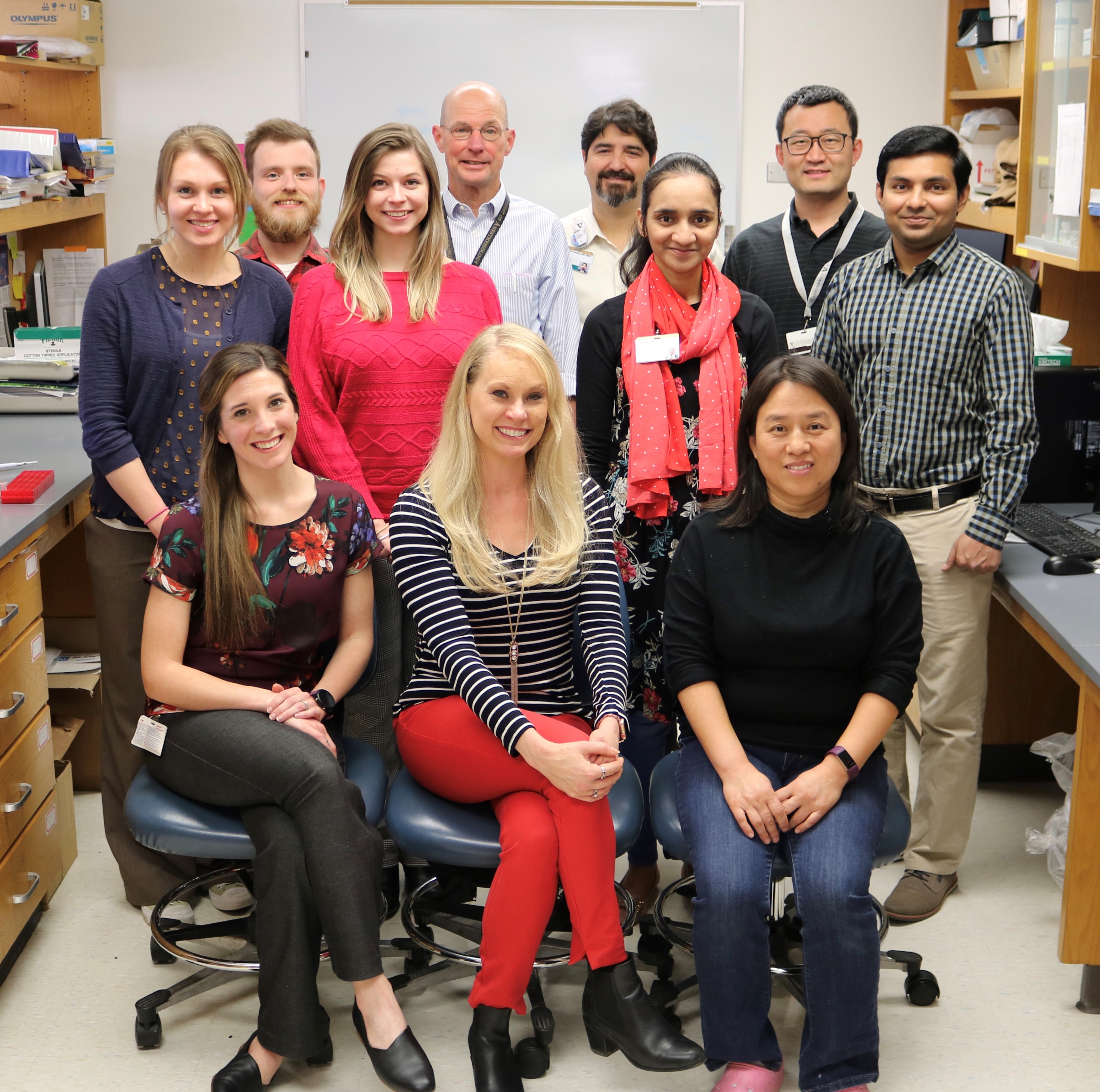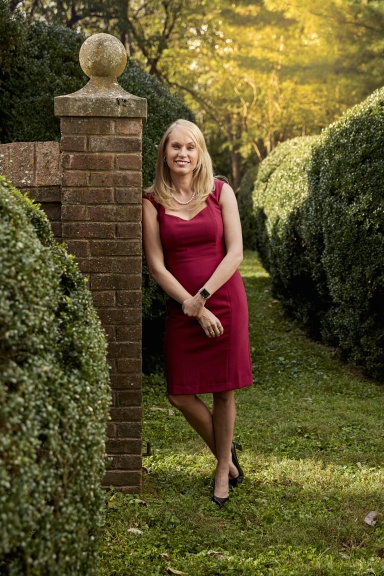Dr. Bohannon completed her PhD at the University of Texas Medical Branch in Galveston, TX, where she began her studies into immune function following severe burn injury. After completing her PhD studies in 2011, she joined the Sherwood Lab at UTMB as a postdoctoral fellow. Shortly thereafter, she assisted Dr. Sherwood in relocating his laboratory to the Anesthesiology department at VUMC in 2012, where she completed her postdoctoral training. She joined Anesthesiology faculty in 2015 and now has her own research program aimed at investigating immunomodulatory therapies for the prevention of infection and sepsis in patients with severe burn and other critical injuries. Utilizing a variety of murine trauma and infection models, as well as ex vivo study of peripheral blood leukocytes obtained from critically ill patients, Julia's studies seek to understand how critical illness causes immune dysfunction and increased susceptibility to infection. The goal of these studies is to develop new approaches to decrease the incidence and severity of infection in critically injured patients.

Pickles: Dill or Bread and Butter?
100% Dill!
What's the most fun "socially distanced" activity you've done with the lab recently?
We've done a couple of fun Zoom happy hours. We also had a socially distant backyard get-together to say farewell to a lab member moving on. But every Monday morning we have a great time together in our Zoom lab meetings.
When you were 5, what did you want to be when you grew up?
Having suffered severe burn injuries as an infant along with both of my parents, I spent much of my childhood in the burn unit undergoing numerous reconstructive surgeries and physical therapy. I became very close to my burn surgeon, and he was much like a grandfather to me throughout my entire childhood, comforting me through very difficult and scary procedures from a very young age. As long as I can remember, I wanted to be a doctor just like him and treat other kids that were like me. I also learned that I absolutely loved science. So, most of my childhood up until college, I wanted to go to medical school to become a burn surgeon.
How/When did you decide to become a scientist?
I always LOVED science in school. I would bring home my science book the first day of school and do all of the science experiments at home that I could on the weekends just for fun. I was obsessed with animal dissections in my biology classes because I was so fascinated with how the body worked to support life. During college I became involved in research, which ignited a passion that led me to pursue a career in research rather than attend medical school. During graduate school, I did my PhD studies in a burn immunology lab at the Shriners Burn Hospital for Children at the University of Texas Medical Branch and I discovered I could combine my desire to help burn patients and my love for research. And that's what I've been doing ever since.
How long have you been with VUMC?
I came here 8 years ago with my mentor, Dr. Ed Sherwood, as a postdoctoral fellow. With his mentorship and support I was able to develop my own program, obtain independent funding, and now I have my own lab here. I couldn't be more grateful to be living my dream here at VUMC.
What does your lab do/study?
Our lab investigates immunomodulatory therapies for the prevention of infection and sepsis in patients with severe burn and other critical injuries. Using a mouse model of burn injury and a variety of associated infections, as well as ex vivo study of peripheral blood leukocytes obtained from burn patients, our studies seek to understand how burn injury and critical illness causes immune dysfunction and increased susceptibility to infection. The goal of these studies is to develop new approaches to decrease the incidence and severity of infection in burned and critically injured patients.
What is one topic in your field that you are excited about right now?
One of the topics we are really excited about right now is the idea of triggering innate immune memory (or trained immunity) to enhance immune responses for the prevention of infection, and the possibility of reversing or restoring trauma-induced immunosuppression. Recent studies in the field have discovered that initial challenge with microbial products (including TLR ligands) can stimulate the host immune response in myeloid cells, leading to reprogramming of their metabolic and epigenetic status. Upon re-exposure with a secondary inflammatory stimulus or infectious challenge, there ensues a heightened nonspecific innate response against invading microbes, leading to improved survival – trained immunity. I am interested in the signaling mechanisms by which these ligands can prime innate immune responses and induced trained immunity in the burned or immunocompromised host, leading to prolonged protection against subsequent deadly nosocomial infections.

Current lab members:
Julia Bohannon, Ph,D. (PI)
Edward Sherwood, M.D., Ph.D. (PI)
Tony Hernandez, M.D.
Naeem Patil, M.D., Ph.D.
Allison Owen, Ph.D.
Cody Stothers
Maggie McBride
Jingbin Wang
Katherine Burelbach
Tazeen Patil
Interested in learning more about the lab and what they're working on?
Check out their website!
